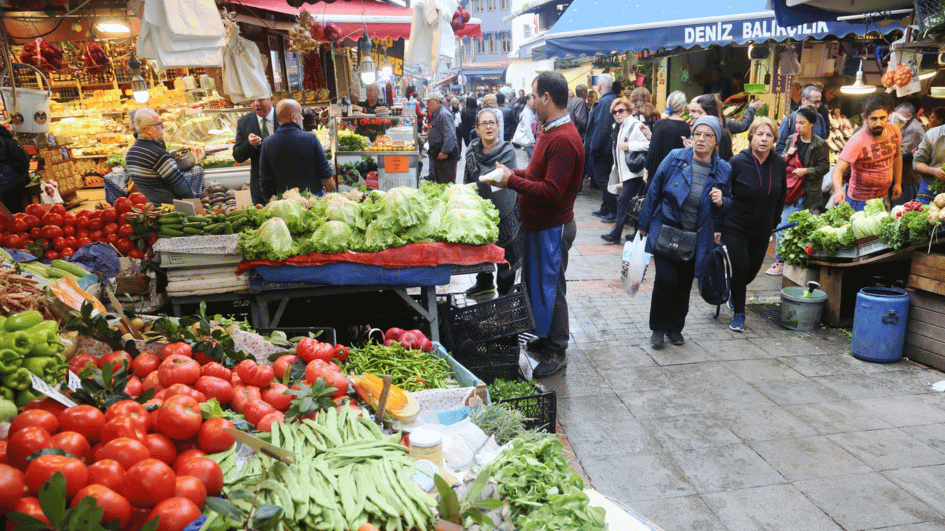Bomb shelter doubles as ballet studio in Ukraine during war
KHARKIV

In a dance studio that doubles as a bomb shelter in northeast Ukraine, the little girls in pink tutus prance in like gusts of air.
Timed to classical music, the 9-year olds jump and glide. Occasionally, they misbehave, prompting a curt rebuke from Marina Altukhova, their instructor.
The Princess Ballet Studio is a spartan, windowless space under an apartment complex, but for an hour, the ballet class offers levity and escape from the daily horrors playing out above ground in the northeastern city of Kharkiv.
Reminders of Russia’s war against Ukraine are inescapable: Buildings lie in piles of rubble, and sirens are constant. Practicing in a bomb shelter means the girls can keeping dancing through the almost hourly air raid alerts.
Owner Yulia Voitina has done what she can to lighten the place up: Pink ballet slippers hang from a door knob, a bean bag offers comfortable seating for waiting parents.
Altukhova tells her students to plié, and the little girls bend their knees, staring at their reflection in a large mirror to perfect the stance. As the music swells, she tells them to rise up on the balls of their feet and raise their arms. Some lose their balance.
The Kharkiv region cuts across the snaking 1,000-kilometer front line, where Ukrainian and Russian forces have been locked in vicious battles for over two years.
Voitina ran a chain of ballet studios before the war, but she closed them when she left to seek shelter in western Ukraine. When she came home in March 2023, she realized she didn't have the money, or the students to reopen them. But she decided to keep one open for nearly no profit. She had 300 students before the war, but her studio now serves 20.
“There is nothing for kids in Kharkiv, no school or kindergartens, kids are online all the time,” she said. “They need to apply their energy somewhere to feel nice emotions. So ballet, in particular, is like salvation for them.”
Altukhova has a complicated exercise for the girls that will require them to do a complete turn of the body on one foot, a pirouette. Nine-year-old Myroslava Ponomarenko goes in for the move, her expression fixed in a mask of concentration as though the whole world were at stake.
From the door to the small waiting room, her mother Hanna watches with pride.
“That is her favorite thing to do, she has been attending classes since she was 3,” the 32-year old says.
Her husband works for the State Emergency Service, and is rarely at home. Often, he is called to rescue civilians after Russian missile strikes, move rubble and assess the damage.
Like Voitina, Ponomarenko fled the city with her family early in the war, only to return last year. She was among the first to sign up her daughter for ballet classes once the studio reopened.
At first, little Myroslava was not impressed.
“When my daughter came here at first, she said, ‘Oh my God, mom, this is a basement, there are no windows’” she said.
She was used to Kharkiv’s finest ballet conservatory, where concert pianists played live during lessons, and she could watch professional dancers practice.
But she has come to terms with the new reality. She told her mother, “Well, it is what it is, let it be,” Ponomarenko said. “I will agree to anything.”
















